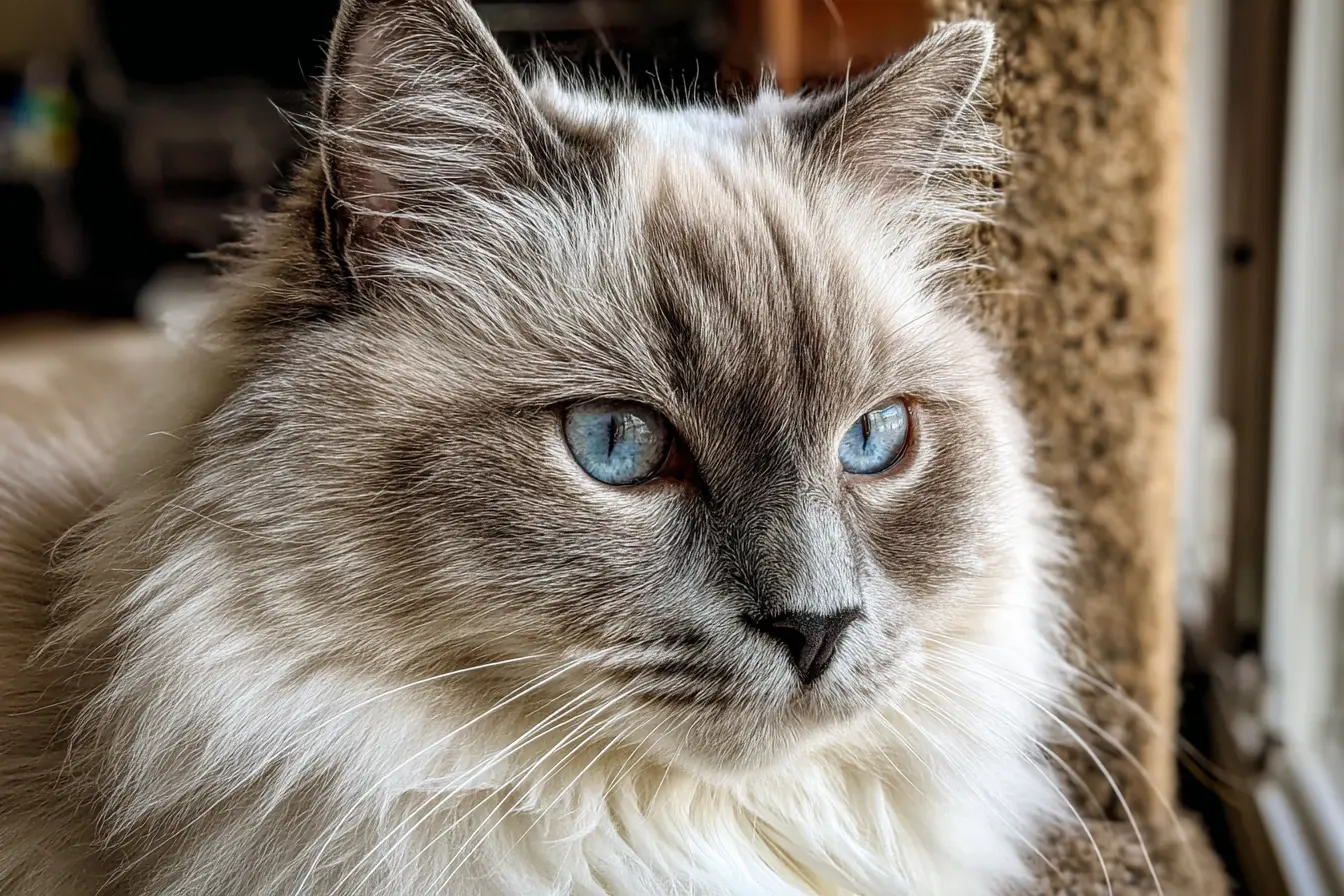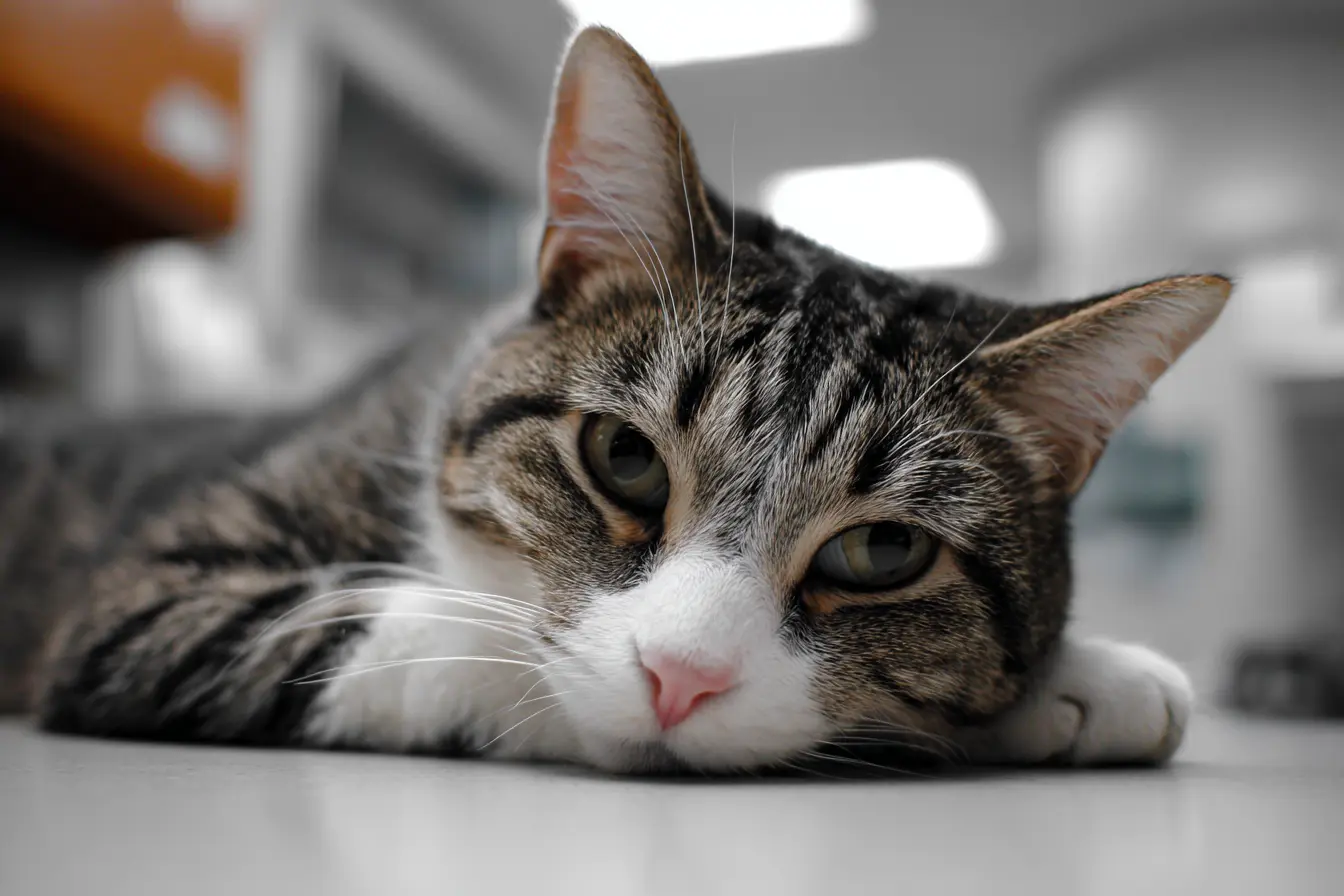
The Oriental Shorthair: A Sophisticated Companion for the Stylish Home
Choosing to bring a cat into your life is a wonderful decision, promising years of affection, entertainment, and companionship. If you are considering an Oriental Shorthair, you are looking at a breed celebrated for its striking appearance, vibrant personality, and deep bond with its humans. This guide offers a thorough overview of the Oriental Shorthair breed, covering its history, personality traits, care requirements, and health considerations, helping you decide if this elegant breed is the perfect fit for your home.
Breed History and Characteristics
The Oriental Shorthair shares its roots with the Siamese, having been developed in Britain during the 1950s and 60s. Breeders sought to create a cat with the same body type and lively temperament as the Siamese but available in a broader range of colours and patterns.
This breed is slender and athletic, boasting long legs, a sleek body, a whip-like tail, and large, bat-like ears. Their almond-shaped eyes, usually a vivid green, add to their striking appearance. Oriental Shorthairs come in over 300 colour and pattern combinations, making them one of the most diverse cat breeds in terms of looks.
Temperament
Oriental Shorthairs are known for their affectionate, intelligent, and vocal nature. They form strong attachments to their human companions and thrive on interaction, often following their owners from room to room. Their sociable personality means they rarely enjoy being left alone for long periods and may become lonely or anxious without company.
These cats are inquisitive and playful, always eager to investigate their environment. They are highly trainable, often learning tricks, games, and even how to walk on a lead. Oriental Shorthairs are also expressive communicators, using a wide range of vocalisations to engage with their owners.
Health and Lifespan
Oriental Shorthairs are generally healthy cats, with a typical lifespan of 12 to 15 years or more. However, they are closely related to the Siamese and may be prone to similar genetic health issues, including progressive retinal atrophy (PRA), heart disease, and dental problems.
Responsible breeders will screen for these conditions, so it is important to obtain a kitten from a reputable source. Regular veterinary care, including dental checks and vaccinations, is essential to maintain their health and wellbeing.
Care and Grooming
The Oriental Shorthair's fine, short coat is remarkably low-maintenance. Weekly brushing with a soft brush or grooming mitt is usually sufficient to keep their coat in excellent condition and to remove loose hairs.
Their large ears can accumulate dirt and should be checked regularly and cleaned as needed. Routine dental care, claw trimming, and ear checks should be part of their care regime to ensure they remain healthy and comfortable.
Living Environment
Oriental Shorthairs are adaptable and can thrive in a variety of living situations, from flats to large houses. However, they need an environment rich in stimulation to prevent boredom. Access to climbing frames, scratching posts, and interactive toys is highly beneficial.
They are sensitive cats who can be upset by loud noises or abrupt changes in routine, so a stable, calm environment is ideal. They get along well with other cats and dogs, and their sociable nature makes them excellent companions for households where someone is home for most of the day.
Training and Socialisation
Highly intelligent and eager to please, Oriental Shorthairs respond well to positive reinforcement training. They can be taught to fetch, walk on a lead, or perform tricks, which can provide valuable mental stimulation.
Early socialisation helps them become confident adults, particularly if they will be living with children or other pets. Their affectionate nature means they enjoy interacting with a wide range of people, provided they are introduced gently and respectfully.
Considerations for Prospective Owners
- Companionship Needs: They do not cope well with long periods of solitude and thrive in households where someone is often home.
- Activity Level: Oriental Shorthairs are active and playful, requiring daily interaction and stimulation.
- Healthcare: Be prepared for potential hereditary health concerns and commit to regular veterinary care.
Conclusion
The Oriental Shorthair is a sleek, intelligent, and affectionate cat that brings endless joy and style to any home. Their charming personalities and striking looks make them stand out among cat breeds, but their emotional sensitivity and need for companionship mean they are best suited to owners who can offer plenty of attention and engagement.
If you are looking for a loyal, lively companion and are captivated by the allure of the Oriental Shorthair, this breed could be the perfect addition to your family. Spend time meeting Oriental Shorthairs at breeders or rescue centres to better understand their needs and ensure you can provide the loving, interactive environment they deserve. As always, remember that adopting a cat is a lifelong commitment and should be made thoughtfully and responsibly.
Related Vets
Vets near you
Speciality vets
- Aquatics vet specialists
- Birds vet specialists
- Camelids vet specialists
- Cats vet specialists
- Cattle vet specialists
- Deer vet specialists
- Dogs vet specialists
- Equines vet specialists
- Exotic vet specialists
- Goats vet specialists
- Pigs vet specialists
- Poultry vet specialists
- Sheep vet specialists
- Small Mammals vet specialists
- Wild vet specialists










